分かってきた縄文人のDNA
twitterfacebookmixisharehelp
notice
阿部
「DNAの研究で見えてきた、日本人の姿です。」
私たち現代の日本人。
今、DNAの分析技術が高まる中、私たちのルーツにつながる新たな事実が明らかになりつつあります。
日本周辺の国の人と比べて、DNAの特徴にはっきりとした違いが見られるのです。
国立遺伝学研究所 斎藤成也教授
「大陸の中国とか東アジアの人たちとは少し私たちは違っている。」
そしてその原因が、私たちの先祖「縄文人」にあることが分かってきました。
最新の研究から浮かび上がってきた、日本人の意外なルーツに迫ります。
阿部
「縄文時代は1万数千年前から2千数百年前まで続き、当時暮らしていた人たちは、多くの遺跡や縄文土器を日本各地に残しました。
そして私たち今の日本人は、この『縄文人』と、後に大陸からやってきた『弥生系』の人たちを先祖にしていると考えられてきました。」
和久田
「ただ、古くからいた縄文人が今の私たちのDNAにどんな影響を与えているのか、そして縄文人とはどんな人たちだったのかは、これまで詳しくは分かっていませんでした。
ところが近年、DNAを調べる技術が高まり、現代の日本人と縄文人のつながりが明らかになってきました。」
DNAが明かす “日本人と縄文人”
静岡県・三島市にある国立遺伝学研究所です。
人類の進化などを研究している、斎藤成也(さいとう・なるや)教授。
これまで500人以上の日本人、さらにアジアの数千人のDNA解析を行ってきました。
そしてDNAの特徴をもとに1人1人の人を座標に落として、どれくらい違いがあるのかを調べました。
すると、アジアの大陸の人は比較的分布がまとまるのに対し、日本人はそれと大きく違う範囲に分布していることが分かりました。
そしてこの違いは日本人の中でも、沖縄の人たち、そしてアイヌの人たちという順に大きいこともわかりました。
この違いは何によってもたらされているのか?
斎藤教授は、DNAの分布とこれまでの研究などから、ある仮説を立てました。
国立遺伝学研究所 斎藤成也教授
「私たちはこのパターンから、ここに縄文人が位置するのじゃないかと、そういうふうに考えている。
縄文人にずーっと引っ張られている。」
国立遺伝学研究所 斎藤成也教授
「縄文時代、1万6千年くらい前から3千年くらい前まで、日本列島の北から南まで縄文土器を作っていた人たちがいた。
その人たちのDNAがわれわれにも伝わっている。
それによって、大陸の中国とか東アジアの人たちとは少し私たちは違っている。」
そして今、この仮説が実証されつつあります。
国立科学博物館で人類の起源などについて研究している、神澤秀明(かんざわ・ひであき)さんです。
国立科学博物館 人類研究部 神澤秀明研究員
「縄文人のDNAがこちらに含まれている。」
神澤さんは、福島県の貝塚から発見された縄文人の歯のDNAの分析を進めています。
国立科学博物館 人類研究部 神澤秀明研究員
「こちらが実際に配列分析を行ったあとの生のデータ。」
今回、膨大な量のDNA情報を取り出すことに成功。
その特徴を調べました。
これまでの神澤さんの分析結果を、国立遺伝学研究所の斎藤教授が作成した現代人のDNAの解析結果に重ねると…。
斎藤教授の仮説のとおり、日本人が分布する方向の先に、縄文人のDNAが位置するとみられることがわかりました。
国立科学博物館 人類研究部 神澤秀明研究員
「今回、縄文人のDNAを分析して、現代の日本人には縄文人のDNAが受け継がれていることが可能性として見えてきた。
縄文時代から現代にかけて、日本列島人の集団が遺伝的にどのように変化したのかが見えてくることになる。」
分かってきた縄文人のDNA
阿部
「取材にあたった秋山チーフプロデューサーです。
私たち日本人と他のアジアの人、ちょっと違う特徴があるというのは、縄文人から受け継いだDNAの影響ということなんですね。」
秋山チーフプロデューサー
「はい、日本人は中国などアジア周辺の人たちと外見は似ているんですが、DNAを調べてみると、かなり違う要素を持っていることが分かってきていました。
そして今回、縄文人のDNAを直接調べられたことで、その原因が縄文人の影響である可能性が高まってきたわけです。」
和久田
「では、アジアの人とはかなり違う特徴を持つ縄文人とは、そもそもどんな人だったのでしょうか?」
秋山チーフプロデューサー
「そのヒントとなるようなデータが、実は近年、男性だけにある『Y染色体』のDNAの調査から浮かび上がっています。
Y染色体というのは、父親からその息子に受け継がれていくのが特徴で、その変化を調べると男性の先祖をたどっていくことができます。
そして世界中で調査が行われた結果、男性は古い先祖から次々に分かれてきて、現在世界中には大きく分けて『A』から『T』まで20のグループがあることが分かってきています。
このうち古いタイプは人類誕生の地と考えられているアフリカに多いんですが、実は日本人の中には、比較的古いと見られる『D』というタイプの人がいることが分かっているんです。」
Y染色体が示す 日本人の姿とは
徳島大学の大学院です。
佐藤陽一(さとう・よういち)准教授は、遺伝的な病気の研究の一環として、2,000人以上の日本人男性のY染色体の調査を行ってきました。
去年(2014年)12月にまとめた研究結果です。
それによると、日本人の半数は、中国や韓国で多数を占める「O」というタイプでしたが、それに次いで多かったのが「D」で、3割を占めていました。
徳島大学大学院 医歯薬学研究部 佐藤陽一准教授
「Dというグループは、アジア大陸では韓国、中国ともにほとんどみられない。
Dというグループは分岐のかなり早い時点で誕生したということが考えられることから、Dというグループは縄文系であるというふうに考えている。」
日本人と同じ型 意外な地域
和久田
「これはどういうことなんですか?」
秋山チーフプロデューサー
「日本に古くから住んでいた縄文人を『D』、比較的近年、大陸からやってきた弥生系の人を『O』とすると、そのつじつまが合うと佐藤准教授は考えています。
またDというタイプについては、非常に興味深いことも分かっています。
それは日本以外に世界で2か所、Dを持つ男性が多い地域が見つかっているんですが、それがこちら。
チベットと、インド洋のアンダマン諸島となっているんです。」
阿部
「これはどういうことを意味するのでしょうか?」
秋山チーフプロデューサー
「簡単に言うと、今、日本にいるDの男性のお父さんのお父さんをずっとさかのぼっていくと、チベットやアンダマン諸島の人と共通のお父さんにたどり着くということなんですが、ではなぜこうしたDというY染色体を持つ男性が今このように分布しているのかということについては、徳島大学大学院の佐藤准教授は次のように話しています。」
チベット・アンダマン諸島 なぜ日本と同じ?
徳島大学大学院 医歯薬学研究部 佐藤陽一准教授
「アジア大陸にもDというグループが分布していたと思われるが、その後Oというタイプがアジアを占めるようになり、取って代わられたと考えている。
日本やチベットやアンダマン諸島は、島国だったり山間部に属していることから、他のグループとの交流がかなり限られていたため、現代でもかなり高頻度で残っていると考えている。」
DNAが明かす “日本人と縄文人”
秋山チーフプロデューサー
「DNAの研究では今、日本人のルーツについて新たな説が出てきていますが、まだまだ分かっていないこともたくさんあります。
今後さらにDNAの研究が進めば、私たちの先祖の知られざるドラマがもっと明らかになってくると思います。」http://www.nhk.or.jp/ohayou/marugoto/2015/05/0529.html
\documentclass[12pt]{article}
\usepackage{latexsym,amsmath,amssymb,amsfonts,amstext,amsthm}
\numberwithin{equation}{section}
\begin{document}
\title{\bf Announcement 212: What are reproducing kernels?}
\author{{\it Institute of Reproducing Kernels}\\
\maketitle
{\bf Abstract: } In this announcement, we shall state simply a general meaning for reproducing kernels. We would like to answer the general and essential question that: what are reproducing kernels?
\bigskip
\section{ Introduction}
\medskipBased on \cite{ss,ss2}, we would like to introduce the concept of reproducing kernels and at the same time, we would like to answer the general and essential question that: what are reproducing kernels?
\bigskip
\section{ What is a reproducing kernel}
\medskip
We shall consider a family of {\bf any complex valued functions} $\{U_n(x)\}_{n=0}^\infty$ defined on an abstract set $E$ that are linearly independent. Then, we consider the form:
\begin{equation}
K_N(x,y) =\sum_{n=0}^N U_n(x) \overline{U_n(y)}.
\end{equation}
Then, $K_N(x,y)$ is a {\bf reproducing kernel} in the following sense:
We shall consider the family of all the functions, for arbitrary complex numbers $\{C_n\}_{n=0}^N$
\begin{equation}
F(x) =\sum_{n=0}^N C_nU_n(x)
\end{equation}
and we introduce the norm
\begin{equation}
\Vert F \Vert^2=\sum_{n=0}^N |C_n|^2.
\end{equation}
The function space forms a Hilbert space $H_{K_N}(E)$ determined by the kernel $K_N(x,y)$ with the inner product induced from the norm (2.3), as usual. Then, we note that, for any $y \in E$
\begin{equation}
K_N(\cdot,y) \in H_{K_N}(E)
\end{equation}
and for any $ F \in H_{K_N}(E)$ and for any $y \in E$
\begin{equation}
F (y) =( F(\cdot), K_N(\cdot,y) )_{ H_{K_N}(E)} = \sum_{n=0}^N C_n U_n(y) .
\end{equation}
The properties (2.4) and (2.5) are called a {\bf reproducing property} of the kernel $K_N(x,y)$ for the Hilbert space $H_{K_N}(E)$, because the functions $F$ in the inner product (2.5) are appeared in the left hand side. This formula may be considered that the functions $F$ may be represented by the kernel $K_N(x,y)$ and the Hilbert space $H_{K_N}(E)$ is represented by the kernel $K_N(x,y)$.
\bigskip
\section{ A general reproducing kernel}
\medskip
We wish to introduce a preHilbert space by
\[H_{K_\infty}:=
\bigcup_{N \geqq 0}H_{K_N}(E).\]
For any $ F\in H_{K_\infty}$, there exists a space $H_{K_M}(E)$ containing the function $F$ for some $M \geqq 0$. Then, for any
$N$ such that $ M< N$,
$$
H_{K_M}(E) \subset H_{K_N}(E)
$$
and, for the function $ F \in H_{K_M}$,
$$
\Vert F\Vert_{H_{K_M}(E) } = \Vert F\Vert_{H_{K_N}(E)}.
$$
Therefore, there exists the limit:
\[\|F\|_{H_{K_\infty}}:=
\lim_{N \to \infty}\|F\|_{H_{K_N}(E)}.\]
Denote by $H_\infty$ the completion of $H_{K_\infty}$ with respect to this norm.
Note that for any
$ M < N$, and for any $F_M \in H_{K_M}(E)$, $F_M \in H_{K_N}(E)$ and furthermore,
in particular, that
\[\langle f,g \rangle_{H_{K_M(E)}}=
\langle f,g \rangle_{H_{K_N(E)}}\]
for all $N>M $ and $f,g \in H_{K_M}(E)$.
\bigskip
{\bf Theorem} Under the above conditions,
for any function $F \in H_\infty$ and for $F_N^*$
defined
by
\[
F_N^*(x)=\langle F,K_N(\cdot,x) \rangle_{ H_\infty},
\]
$F_N^* \in H_{K_N}(E)$ for all $N>0$,
and
as $N \to \infty$,
$F_N^* \to F$
in the topology of $H_\infty$.
\medskip
{\bf Proof.}
Just observe that
$$
|F_N^*(x)|^2 \le \Vert F\Vert_{H_\infty}^2 \Vert K_N(\cdot,x) \Vert_{H_\infty}^2
$$
$$
\le \Vert F \Vert_{H_\infty}^2 \Vert K_N(\cdot,x) \Vert_{H_{K_N}(E)}^2
$$
$$
= \Vert F \Vert_{H_\infty}^2 K_N(x,x).
$$
Therefore, we see that
$F_N^* \in H_{K_N}(E)$
and that
$\|F_N^*\|_{H_{K_N}(E)} \le \|F\|_{H_\infty}$.
The mapping
$F \mapsto F^*_N$
being uniformly bounded, and so,
we can assume that
$F \in H_{K_L}(E)$ for any fixed $L $.
However,
in this case,
the result is clear, since, $F \in H_{K_N}(E)$ for $ L< N$
$$
\lim_{N \to \infty} F_N^*(x) = \lim_{N \to \infty} \langle F,K_N(\cdot,x) \rangle_{ H_\infty}= \lim_{N \to \infty} \langle F,K_N(\cdot,x) \rangle_{H_{K_N}(E) } =F(x).
$$
\medskip
The Theorem may be looked as a reproducing kernel in the natural topology and by the sense of the Theorem, the reproducing property may be written as follows:
\[F(x)=\langle F,K_\infty(\cdot,x) \rangle_{ H_\infty},\]
with
\begin{equation}
K_\infty(\cdot,x) \equiv \lim_{N \to \infty}K_N(\cdot,x) = \sum_{n=0}^\infty U_n(\cdot) \overline{U_n(x)}.
\end{equation}
Here {\bf the limit does, in general, not need to exist}, however, the series are non-decreasing, in the sense: for any $N>M$, $K_N(y,x) - K_M(y,x)$ is a poisitive definite quadratic form function.
\bigskip
\section{Conclusion}
Any reproducing kernel (separable case) may be considered as the form (3.1) by arbitrary linear independent functions $\{U_n(x)\}$ on an abstract set $E$, here, the sum does not need to converge. Furthermore, the property of linear independent is not essential.
Recall the {\bf double helix structure of gene} for the form (3.1).
The completion $H_\infty$ may be found, in concrete cases, from the realization of the spaces
$H_{K_N}(E)$.
The typical case is that the family $\{U_n(x)\}_{n=0}^\infty$ is a complete orthonormal system in a Hilbert space with the norm
\begin{equation}
\Vert F \Vert^2 = \int _E |F(x)|^2 dm(x)
\end{equation}
with a $dm$ measurable set $E$ in the usual form $L_2(E,dm)$. Then, the functions (2.2) and the norm (2.3) are realized by this norm and the completion of the space $H_{K_\infty}(E)$ is given by this Hilbert space with the norm (4.1).
The complete version of the contents, see \cite{ss} and the fundamental application to initial value problems using eigenfunctions and reproducing kernels, see \cite{ss2}.
\bigskip
\section{Remarks}
The common fundamental definitions and results on reproducing kernels are given as follows:
\medskip
{\bf Definition:}
Let $E$ be an arbitrary abstract (non-void) set.
Denote by ${\mathcal F}(E)$ \index{${\mathcal F}(E)$}
the set of all complex-valued functions on $E$.
A reproducing kernel Hilbert spaces \index{reproducing kernel Hilbert space}
on the set $E$
is a Hilbert space ${\mathcal H} \subset {\mathcal F}(E)$
coming with a function $K:E \times E \to {\mathcal H}$,
which is called the reproducing kernel, \index{reproducing kernel}
having {\bf the reproducing property} that \index{reproducing property}
\begin{equation}\label{eq:110213-14011}
K_p\equiv K(\cdot,p) \in {\mathcal H}\mbox{ for all }p \in E
\end{equation}
and that
\begin{equation}\label{eq:110213-140}
f(p)=\langle f,K_p \rangle_{\mathcal H}
\end{equation}
holds for all $p \in E$ and all $f \in {\mathcal H}$.
\medskip
{\bf Definition:}
A complex-valued function $k:E \times E \to {\mathbb C}$
is called a
{\bf positive definite quadratic form function}
\index{positive definite quadratic form function}
on the set $E$,
or shortly,
{\bf positive definite function},
\index{positive definite function}
when it satisfies the property that,
for an arbitrary function $X:E \to {\mathbb C}$ and for any finite
subset $F$ of $E$,
\begin{equation}\label{eq:101124-26100}
\sum_{p,q \in F} \overline{X(p)} X(q) k(p,q) \geq 0.
\end{equation}
\medskip
Then, the fundamental result is given by: {\bf a reproducing kernel and a positive definite quadratic form function are the same and are one to one correspondence} with the reproducing kernel Hilbert space.
\bibliographystyle{plain}
\begin{thebibliography}{10}
\bibitem{ss}
Saburou Saitoh and Yoshihiro Sawano,
Generalized delta functions as generalized reproducing kernels.
\bibitem{ss2}
Saburou Saitoh and Yoshihiro Sawano,
General initial value problems using eigenfunctions and reproducing kernels.
\bigskip
(S. Saitoh + Y. Sawano, at the Insititute of Reproducing Kernels, 2015.2.25)
\end{thebibliography}
\end{document}
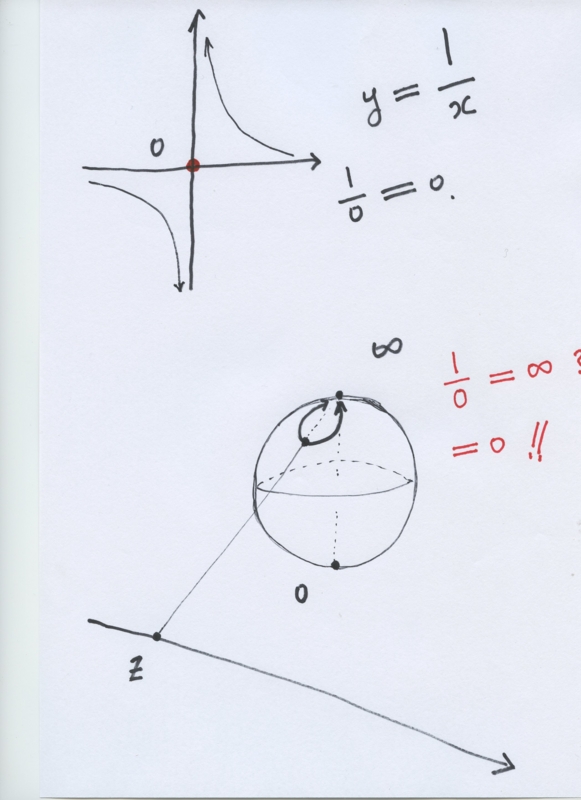
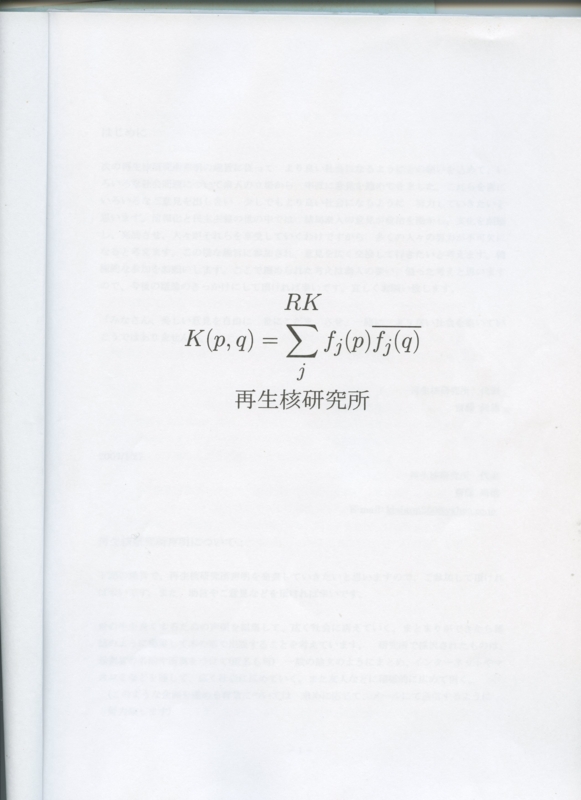
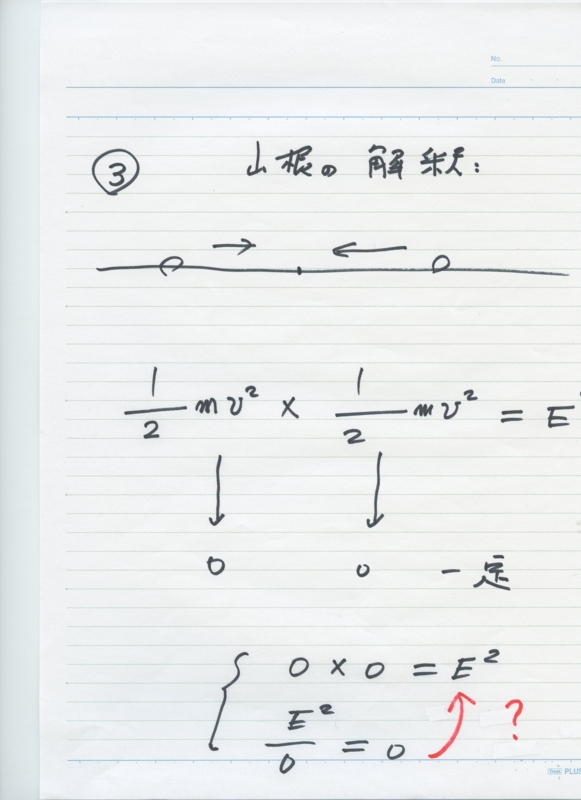
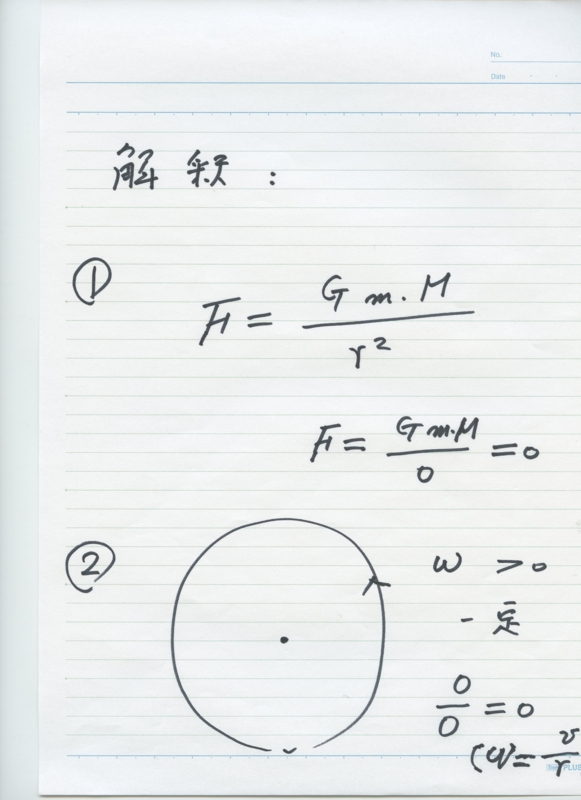
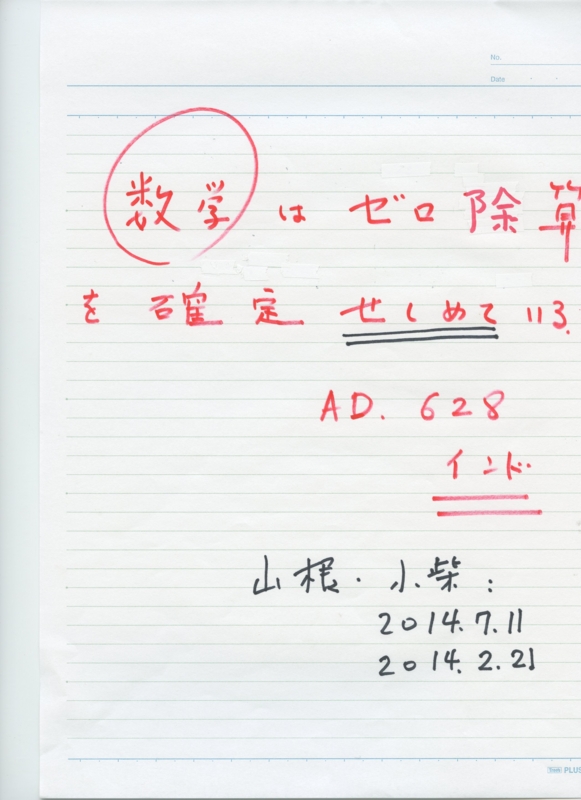
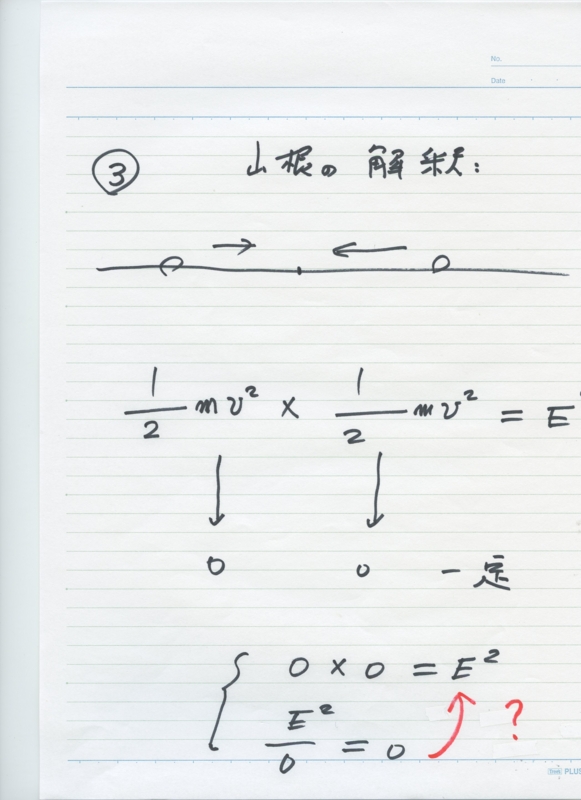



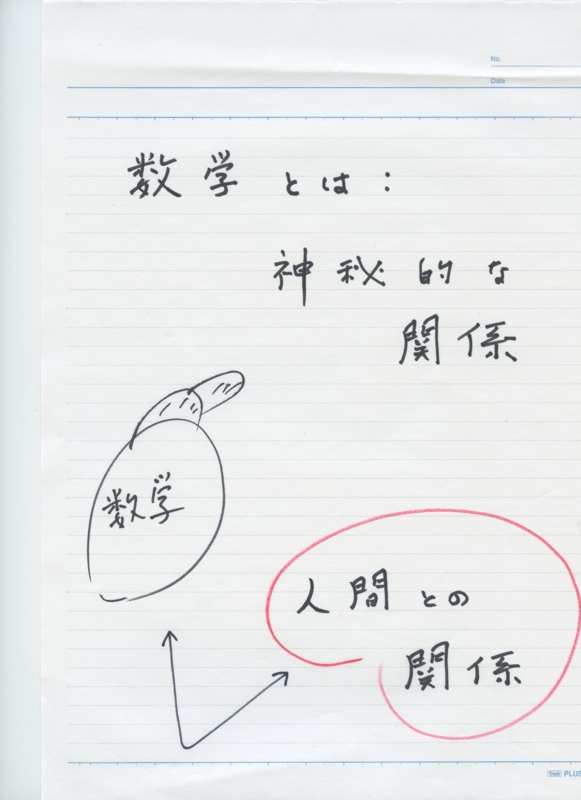
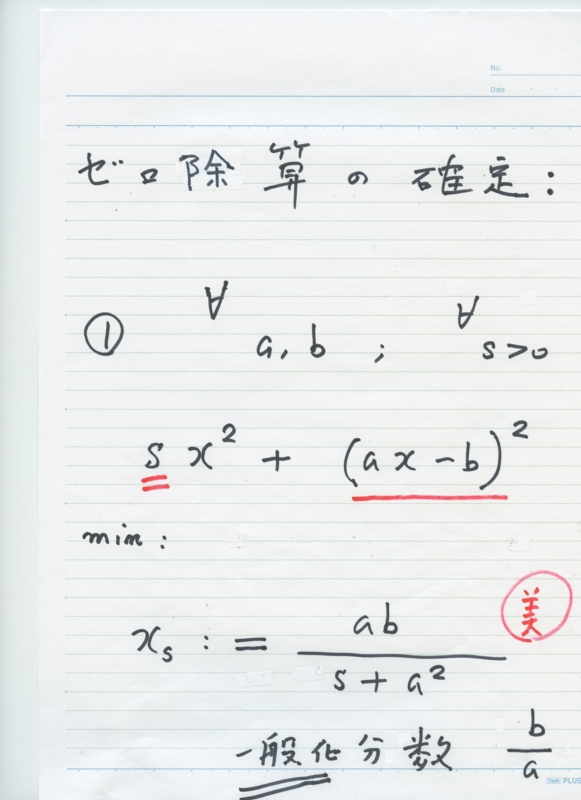
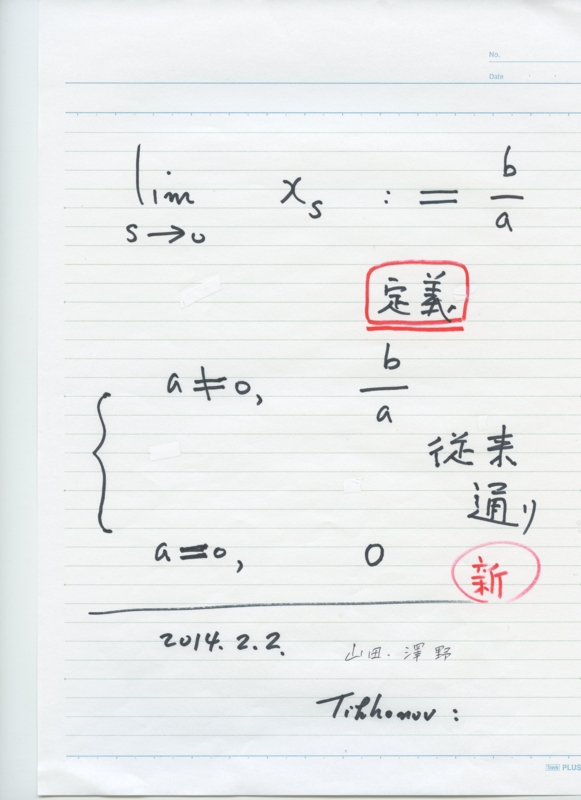
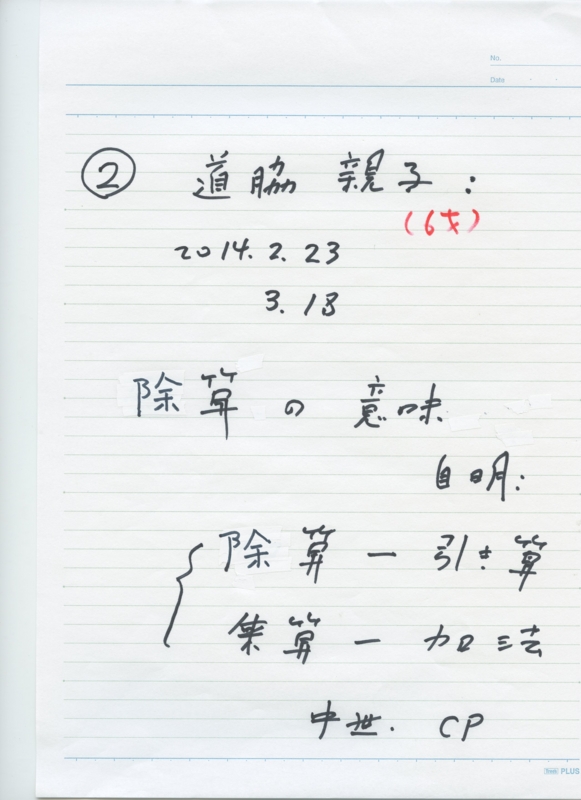
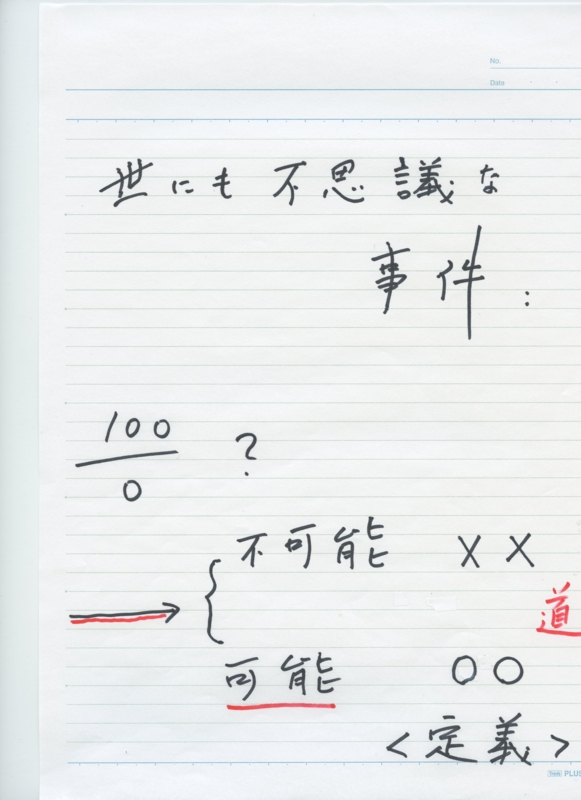



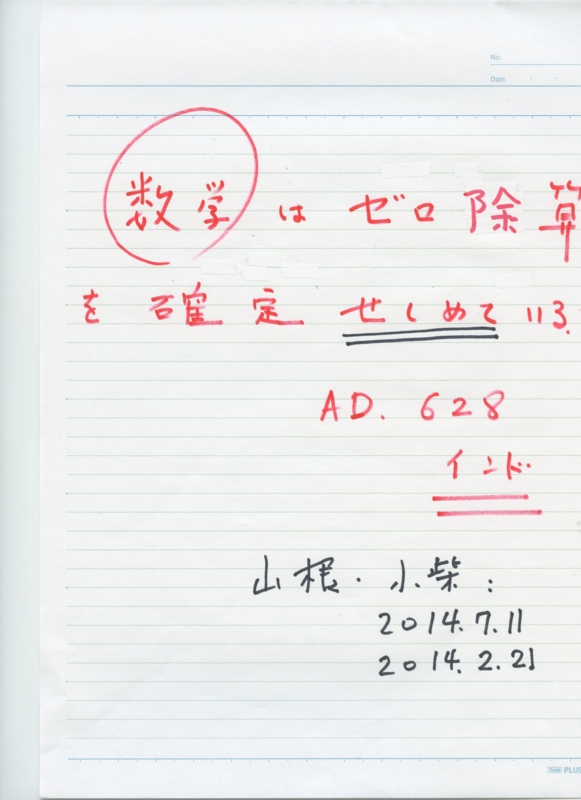
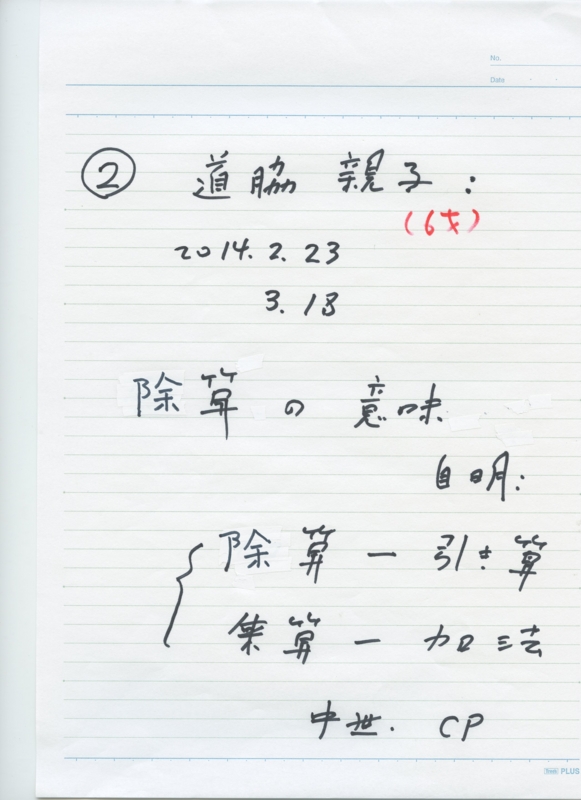

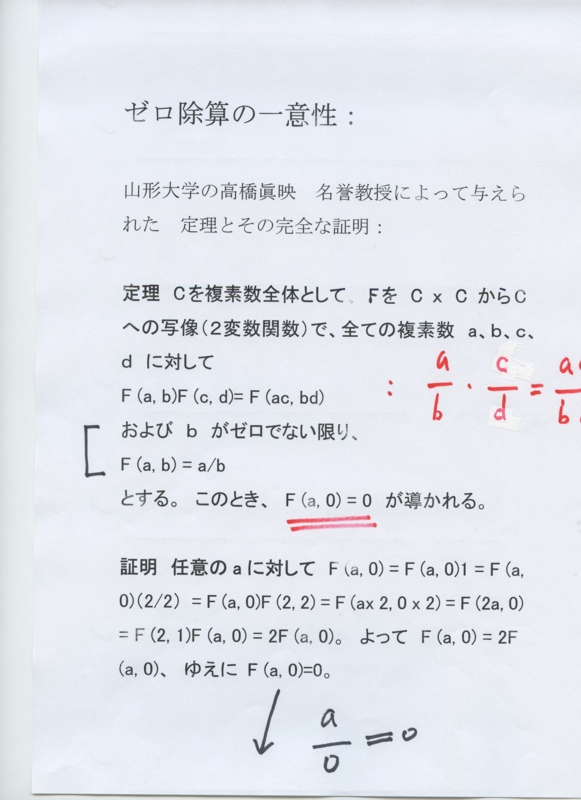


0 件のコメント:
コメントを投稿